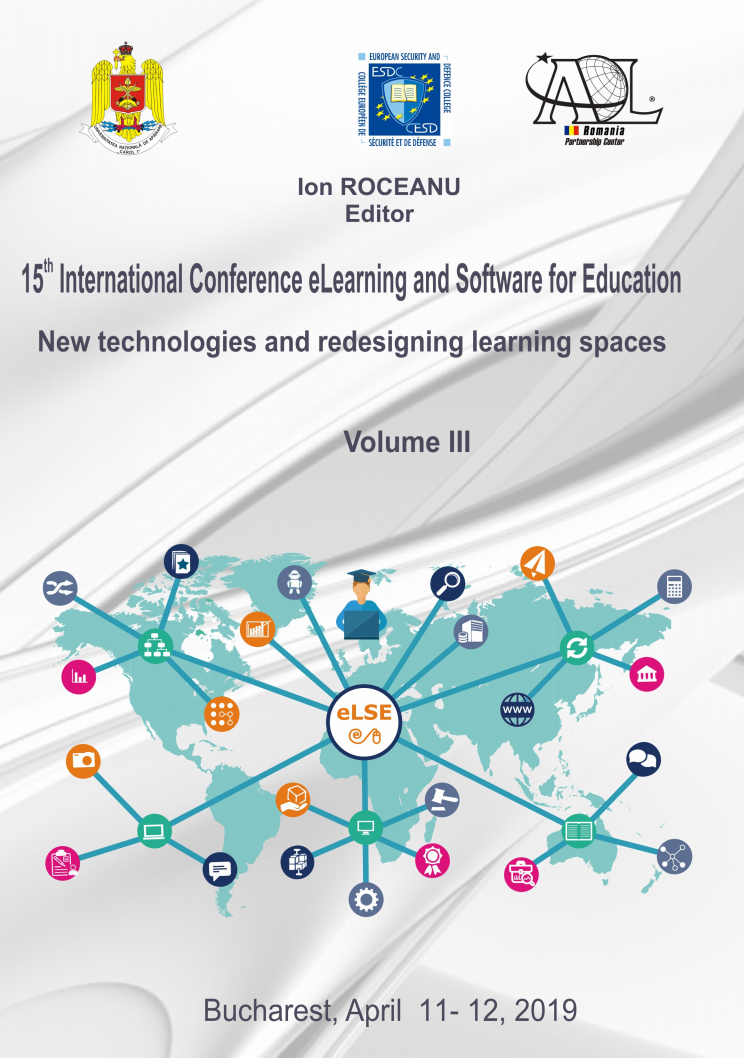Education and Modern Technologies, their Positive and Negative Impact
Education and Modern Technologies, their Positive and Negative Impact
Author(s): Teodora Daniela CHICIOREANU, Maria Gratiela Ianos, Renata DANIELIENĖSubject(s): Social Sciences, Education, Higher Education
Published by: Carol I National Defence University Publishing House
Keywords: education; modern technologies; ICT; MOOC;web 2.0;
Summary/Abstract: In recent years, the new technologies have revolutionised the teaching activity, both the face-to-face, and the on-line activity. The MOOC (Massive Open Online Courses) platforms offer free trainings (fully or partially), accessible on-line, to help users develop their knowledge and skills. The evolution of technology is undergoing a constant make-over and it affects the teaching - learning strategies all over the world. Given that we aimed at elaborating teaching strategies appropriate for the new generations of mobile-students, it was first necessary to identify the main characteristics of „digital age” students, from the perspective of their learning styles, expectations, and needs. E-learning platforms are especially addressed to the digital natives, but not only them. The distinct feature of MOOCs resides in their size and area of operation. These platforms appeal to the new generations of students because such platforms offer free courses (in most cases), no formal admission requirements (no age limit or study/profile restrictions), flexibility (on-line courses can be easily included in a busy working schedule, as they can be taken at any time, and at a pace established by the student), cooperation (during courses, relations are developed with other students/adults all over the world, thus offering them the opportunity to exchange ideas), and quality (the short material duration determines the Trainers to present clear, concise and impactful materials). These environments allow students to display all their digital and spiritually creative skills, but also allow teachers to correctly manage the activity, both on-the-go, and at the end. This paper presents an analysis of some MOOC platforms, highlighted by students as being the most commonly used in the individual learning process.
Journal: Conference proceedings of »eLearning and Software for Education« (eLSE)
- Issue Year: 15/2019
- Issue No: 03
- Page Range: 185-192
- Page Count: 8
- Language: English

